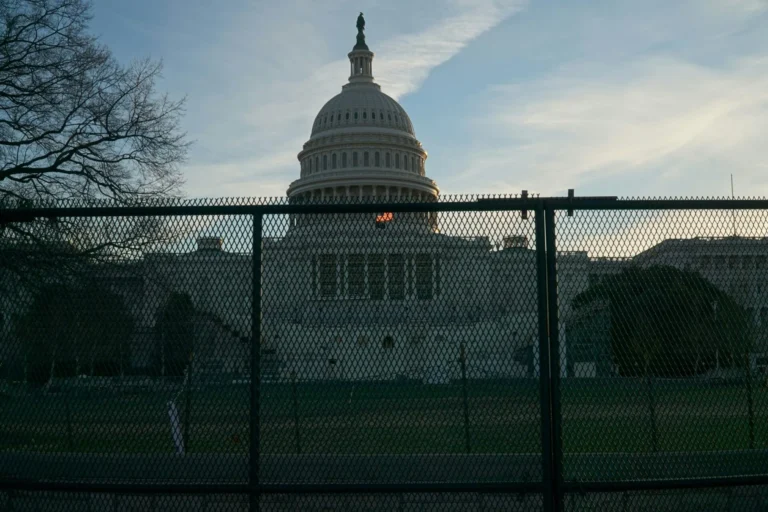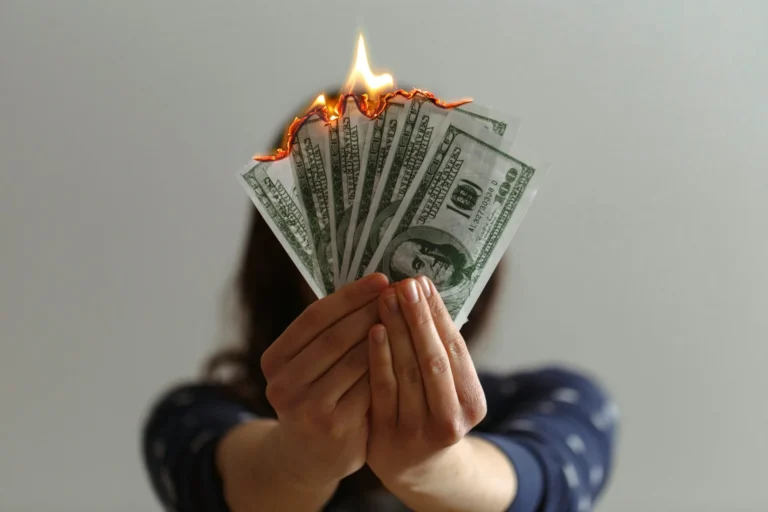By Cliff Montgomery – June 27th, 2013
A very short, four-page study outlining the real value of the U.S. minimum wage – or, to be precise, its breathtaking loss of value since 1968 – was released last week by the non-partisan Congressional Research Service (CRS).
“To equal the purchasing power of the minimum wage in 1968 [adjusted to $10.70 in real dollars as a compensation for inflation], the current minimum wage’s real value ($7.90) would have to be $2.80 (or 26%) higher.”
Below, The American Spark provides much of the text from the little report. The entire four-page work also contains an eye-opening table which succinctly reveals how the minimum wage has failed to keep pace with inflation.
“The Fair Labor Standards Act (FLSA) of 1938 established the hourly minimum wage rate at 25 cents for covered workers. Since then, it has been raised 22 separate times, in part to keep up with rising prices. Most recently, in July 2009, it was increased to $7.25 an hour.
“Because there have been some extended periods between these adjustments while inflation generally has increased, the real value (purchasing power) of the minimum wage has decreased substantially over time.
The Real Minimum Wage
“The minimum wage is not indexed to the price level. It has been legislatively increased from time to time to make up for the loss in its real value caused by inflation. In nominal (current dollar) terms, the minimum wage has risen steadily from 25 cents to $7.25 an hour, where it has remained since its effective date of July 2009.
“As the legislated adjustments to the minimum wage standard have occurred at irregular intervals—sometimes increasing annually, other times not for several years—while prices have generally risen each year, the purchasing power (real or constant dollar value) of the minimum wage has varied considerably since its enactment. […]
“The peak value of the minimum wage in real terms was reached in 1968. To equal the purchasing power of the minimum wage in 1968 ($10.70), the current minimum wage’s real value ($7.90) would have to be $2.80 (or 26%) higher.
“Although the nominal value of the minimum wage was increased by $5.65 (from $1.60 to $7.25) between 1968 and 2009, these legislated adjustments did not enable the minimum wage to keep pace with the increase in consumer prices, so the real minimum wage fell.
“In addition to comparing the rate of increase in the minimum wage with prices, the level of the minimum wage also has been compared with the average hourly earnings of most workers in the private non-farm economy— which also peaked in 1968 at 54%. In no other year did the minimum wage exceed half of average hourly earnings.
“The legislated adjustments that occurred after 1968 resulted in the minimum wage ranging from 34% to 47% of average hourly earnings.”





